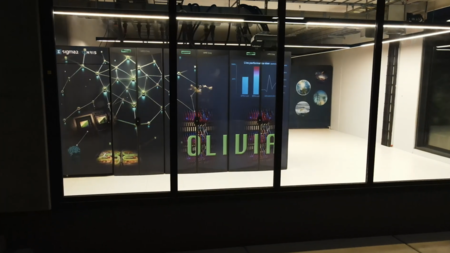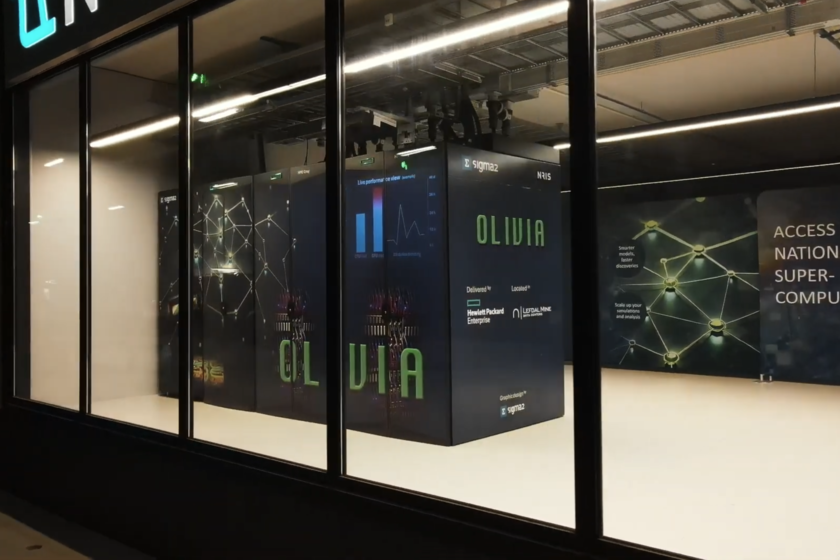In western Norway, an old mine has become the home of the most powerful machine in the country. Between galleries excavated in the rock and with the ice water of the fjord as ally, Olivia is already underway. This National Supercomputer, managed by Sigma2, is presented as a key tool for the country’s researchers. Its design seeks to reduce energy consumption compared to previous generations and make the most of the security offered by an underground installation.
Norway wanted to strengthen its computation capacity without depending on other countries. Although it does not belong to the European Union, it is part of the European economic space. According to Sigma2, Olivia is designed to open up to all academic and scientific institutions in the country, regardless of his local infrastructure, and become a shared platform for data science, simulations and development of language models in Norwegian.
Underground Technology, Fjord and Technological Sovereignty Water
The machine is a HPE Cray Supercomputing Ex system with 252 nodes equipped with AMD Epyc Turin processors and a total of 64,512 CPU nuclei. Incorporates 304 last generation GPU and 5.3 Storage Petabytes In a HPE Cray ClustersTor E1000 system. With this configuration, the capacity for available in national systems is multiplied by 17. All this, as the images that accompany this article suggest, occupy just 14 square meters and weigh about 15 tons, which shows a remarkable power density in a small space.
Efficiency has been an objective from the beginning. Olivia uses direct liquid cooling and benefits from the infrastructure of Lefdal Mine Data Centers, which, according to Sigma2, works 100% with renewable energy and uses fjord water to cool the systems. According to the same source, energy consumption has been reduced by more than 30% compared to the Betzy Superordination, while the calculation power is more than three times higher.

As of June 2025, these characteristics have earned him the 22nd position in the Green500 list, which measures energy efficiency, and 117 in the faster top500. In the number one position is the captain of the National Lowrence Livermore laboratory, in the United States.
The data center where Olivia is installed is unique. Located inside an abandoned olivine mine, orub Physical security and natural thermal stability. The name of the Superormer is a tribute to that mineral that was extracted in the area for years. The project has been an investment of 225 million Norwegian crowns, around 20 million euros, and has been designed for future extensions without replacing its main structure.


The project has followed a precise calendar: the room transfer was completed in December 2024 and acceptance tests began in February this year. The official inauguration was held on June 17, 2025 and this summer has served as a pilot period to validate the system before its general opening, scheduled for autumn. Sigma2 points out that the equipment is working to adjust the last configuration details and guarantee stability before opening full access to the research community.
Olivia is emerging as a central resource for health, marine and climatic research projects. According to the operator, it will allow progress in the development of language models in Norwegian. Open availability for all universities and research centers seeks to democratize access to high performance computing, key in fields where data grows at an exponential pace.

Norway, as we point out, is not part of the European Union. In this context, the Nordic country invests in its own technological capacity: reinforcing its autonomy and reducing the dependence of external infrastructure. As you pass from the test period to be fully operational, it will be a reference point to measure how a small population can have one of the advanced computer infrastructure on the planet.
Images: Sigma2
In WorldOfSoftware | The undisputed winner of the aggressive competition of TSMC, Intel and Samsung is a European company: ASML












